To start an inboard boat engine out of water, connect the hose to a water source and run it through the intake of the engine. This allows the engine to be flushed and cooled properly.
If you own an inboard boat or are planning to get one, it’s important to know how to start the engine without water. Whether you need to perform maintenance or simply want to show off your boat’s powerful engine to others, being able to start the inboard engine out of water is a valuable skill.
We’ll discuss the steps involved in starting an inboard boat engine without water, ensuring that you do it safely and effectively. Follow these guidelines, and you’ll be well on your way to mastering the art of starting your inboard boat engine out of water.
Understanding Inboard Boat Engines
Before you can dive into starting an inboard boat engine out of water, it is essential to have a solid understanding of what an inboard boat engine is and the different types available.
Inboard boat engines are a popular choice for boat owners due to their reliability and power. Unlike outboard engines that are mounted on the outside of the boat, inboard engines are situated inside the hull.
Let’s explore what makes these engines unique and the various types you might encounter.
What Is An Inboard Boat Engine?
An inboard boat engine, also known as an inboard motor, is a type of propulsion system commonly seen in larger boats and yachts. These engines are designed to provide power and movement directly to the boat, offering a smooth and controlled ride.
Inboard engines are typically situated at the rear of the boat, close to the centerline. They are fixed to the boat’s structure and are connected to a transmission system that transfers power to the propeller, which propels the boat forward or in reverse.
One of the key advantages of inboard boat engines is that they are generally more efficient and provide superior torque compared to outboard engines. They also tend to offer better handling and stability, making them an excellent choice for larger vessels.
Different Types Of Inboard Boat Engines
Now that you know what an inboard boat engine is, let’s take a look at the different types available:
| Type | Description |
| Straight Inboard | These engines have a single drivetrain where the engine’s crankshaft connects directly with the propeller shaft. Straight inboards are known for their simplicity and durability, making them a popular choice for commercial and recreational boating. |
| V-Drive | V-drive engines are similar to straight inboards, but with a twist. Instead of the engine facing forward, it is positioned towards the rear of the boat, with the transmission and propeller shaft extending forward. This arrangement allows for better weight distribution and improved maneuverability. |
| Sterndrive | Sterndrive engines, also known as inboard/outboards (I/O), combine the best features of an inboard and an outboard engine. These engines are mounted inside the hull like inboards, but they have a steerable drive unit that extends outside the transom, similar to an outboard. This design offers enhanced maneuverability and allows for easy tilt and trim adjustments. |
Each type of inboard boat engine has its own advantages and considerations, so it’s essential to choose the one that best suits your boating preferences and needs.
Preparing The Inboard Boat Engine
Starting an inboard boat engine out of water requires careful preparation to ensure a smooth and safe operation. Before attempting to start the engine, it is important to check the engine compartment, inspect the engine components, and monitor fluid levels.
By following these steps, you can prevent potential damage and ensure optimal performance of your boat engine.
Checking The Engine Compartment
Before starting an inboard boat engine, it is crucial to check the engine compartment for any signs of damage or loose connections.
This can be done by visually inspecting the engine compartment for any visible problems, such as loose wires or disconnected hoses.
Additionally, it is important to ensure that all engine components are properly secured and in good condition. Checking the engine compartment before starting the engine helps identify any potential issues and minimizes the risk of accidents or malfunctions.
Inspecting The Engine Components
Another important step in preparing the inboard boat engine is inspecting the engine components. This involves checking various parts of the engine, such as the spark plugs, fuel system, and belts.
Ensure that the spark plugs are clean and in good working condition, as worn-out or dirty spark plugs can affect engine performance. Inspecting the fuel system involves checking for any leaks or blockages in the fuel lines, and ensuring that the fuel tank is properly filled.
Lastly, inspect the belts to make sure they are not worn or damaged. Regular inspection of engine components helps maintain the efficiency and longevity of your inboard boat engine.
Monitoring Fluid Levels
In addition to checking the engine compartment and inspecting the components, monitoring fluid levels is vital for starting an inboard boat engine out of the water.
This includes checking the oil, coolant, and fuel levels. Begin by checking the oil level using the dipstick, making sure it is within the recommended range.
Additionally, check the coolant level in the radiator or heat exchanger, ensuring there is enough coolant to prevent overheating. Lastly, verify that there is a sufficient amount of fuel in the tank to support the engine’s operation.
Regularly monitoring fluid levels helps to prevent potential engine damage and maintains optimal performance.
Safety Measures
When it comes to starting an inboard boat engine out of water, safety should always be your top priority. Following the proper safety measures not only protects you and your boat but also ensures that the engine operates smoothly.
In this section, we will discuss four essential safety measures you should take before starting your boat’s inboard engine.
Disconnecting The Boat’s Batteries
Before starting the inboard boat engine, it is crucial to disconnect the boat’s batteries. This prevents any accidental ignition or electrical malfunctions during the startup process. To disconnect the batteries:
- Begin by locating the boat’s battery compartment.
- Open the battery compartment and identify the positive and negative battery terminals.
- Using a wrench or pliers, remove the cables from both the positive and negative terminals.
- Securely isolate the battery cables to prevent any accidental contact.
By disconnecting the boat’s batteries, you eliminate the risk of electrical mishaps and ensure a safe startup of the inboard engine.
Ensuring Proper Ventilation
Ventilation is essential when starting an inboard boat engine out of water.
Without water to cool the engine, proper ventilation helps prevent overheating and potential damage to engine components.
To ensure proper ventilation:
- Ensure the boat is in an open area with sufficient airflow around the engine compartment.
- Open all hatches and windows to allow fresh air circulation.
- Check that the boat’s exhaust vents are clear of any obstructions, such as debris or fishing lines.
By ensuring proper ventilation, you minimize the risk of overheating and ensure the engine performs optimally.
Using Personal Protective Equipment (ppe)
When starting an inboard boat engine out of water, it is crucial to use personal protective equipment (PPE) to safeguard yourself from potential hazards. PPE acts as a protective barrier between you and any harmful substances or accidents that may occur during the startup process.
The essential PPE items you should wear include:
| Safety Glasses |
| Ear Protection |
| Gloves |
Wearing safety glasses prevents any debris or chemicals from coming into contact with your eyes. Ear protection safeguards against noise-induced hearing loss due to the engine’s loud noise levels. Gloves protect your hands from hot surfaces and potential cuts or injuries.
Following Manufacturer’s Guidelines
Lastly, it is essential to follow the manufacturer’s guidelines when starting an inboard boat engine out of water. The manufacturer’s guidelines provide specific instructions tailored to your boat’s engine and ensure safe startup procedure.
Always consult the owner’s manual or contact the manufacturer if you have any specific questions or concerns.
By following the manufacturer’s guidelines, you adhere to industry best practices and guarantee a safe and efficient startup of your boat’s inboard engine.
Priming The Fuel System
You’re all set for a fun day out on the water with your inboard boat. But before you can hit the throttle and feel the rush of the water beneath you, it’s essential to understand how to properly prime the fuel system. An inboard boat engine relies on fuel to function efficiently, and without proper priming, starting the engine out of the water can be a tricky task.
Understanding The Fuel System
Before we dive into the techniques for priming your inboard boat engine, let’s take a moment to understand the fuel system. Inboard boat engines typically use a fuel pump to draw fuel from the tank and deliver it to the carburetors or fuel injectors.
The fuel system consists of various components, including fuel lines, filters, and the pump itself, all working together to ensure a steady and reliable fuel supply.
A key aspect of the fuel system is maintaining the correct fuel-to-air ratio, which is essential for optimal engine performance. Without proper fuel priming, the engine may struggle to start or may not start at all, resulting in frustration and wasted time.
Priming Techniques For Inboard Boat Engines
Now that we understand the importance of the fuel system let’s explore some effective techniques for priming your inboard boat engine out of the water. These techniques will help ensure your engine starts smoothly and operates at its best:
- Check the Fuel Level: Before attempting to prime the fuel system, make sure you have enough fuel in the tank. Running on an empty or close-to-empty tank will hinder the priming process.
- Turn on the Ignition: Switch on the ignition to activate the fuel pump and allow it to pressurize the fuel system. You may hear a buzzing or humming sound as the pump engages.
- Locate the Fuel Primer: On most inboard boat engines, you can find the fuel primer bulb near the engine’s intake manifold. It typically resembles a small rubber bulb or squeeze ball connected to the fuel line.
- Squeeze and Release: Squeeze the fuel primer bulb firmly and release, allowing it to expand fully. Repeat this process several times to force air out of the system and replace it with fuel. Watch for any leaks or signs of damage to the fuel line or primer bulb during this process.
- Inspect for Fuel: Visually inspect the fuel line for any signs of fuel flowing from the primer bulb towards the engine. If fuel is present, this indicates successful priming.
- Start the Engine: Once you have primed the fuel system and ensured there are no leaks, it’s time to start the engine. Follow the manufacturer’s instructions for starting the engine and enjoy your day out on the water.
Remember, proper fuel priming is crucial to ensure your inboard boat engine starts reliably out of the water. By understanding the fuel system and following the priming techniques mentioned above, you can ensure a smooth start-up and an enjoyable time on the water.
Starting The Inboard Boat Engine
Starting the inboard boat engine is a crucial step before hitting the open waters. Whether you are preparing for a day of fishing or enjoying a leisurely cruise, knowing how to start your inboard boat engine properly can save you time and frustration.
In this section, we will discuss the essential steps to successfully start your inboard boat engine, including using the ignition switch, activating the choke (if applicable), and engaging the starter motor. Let’s dive in!
Using The Ignition Switch
One of the first steps in starting your inboard boat engine is to use the ignition switch. The ignition switch is typically located near the helm or dashboard of your boat. To start the engine, follow these simple steps:
- Insert the key into the ignition switch and turn it to the “On” position. You may hear a beep or see lights on the instrument panel.
- Once the key is in the “On” position, turn it further to the “Start” position. This will engage the starter motor and begin the ignition process.
- Release the key as soon as the engine starts. The engine should now be running smoothly, ready for your boating adventure.
Activating The Choke (if Applicable)
If your inboard boat engine is equipped with a choke, it is important to activate it before starting the engine. The choke is used to enrich the air-fuel mixture for a smoother start, especially when the engine is cold. Here’s how to activate the choke:
- Locate the choke lever or knob, usually near the carburetor or throttle control.
- Pull the choke lever or turn the choke knob to the “On” or “Choke” position. This restricts airflow and increases fuel flow, allowing for easier starting.
- After starting the engine, gradually push the choke lever or turn the choke knob back to the “Off” or “Run” position as the engine warms up.
Engaging The Starter Motor
Engaging the starter motor is the final step in starting your inboard boat engine. The starter motor is responsible for cranking the engine and initiating the ignition process. Follow these steps to engage the starter motor:
- Ensure the boat’s transmission is in neutral. This prevents accidental movement while starting the engine.
- Press and hold the starter button or turn the ignition key to the “Start” position. You’ll hear the starter motor spinning and cranking the engine.
- Release the starter button or turn the ignition key back to the “On” position as soon as the engine starts. The engine should now be running smoothly.
By following these steps and understanding how to use the ignition switch, activate the choke (if applicable), and engage the starter motor, you’ll be able to start your inboard boat engine with confidence.
Remember to always refer to your boat’s owner manual for specific instructions and recommendations regarding your engine model. Now, it’s time to set sail and enjoy your time on the water!
Running An Inboard Boat Engine Out Of Water
Running an inboard boat engine out of water is an essential maintenance task that every boat owner should know. Whether you need to winterize your boat or perform routine maintenance, starting your boat engine out of water allows you to diagnose any potential issues before hitting the water.
However, it is crucial to follow proper procedures to prevent damage to your engine. In this article, we will discuss the steps involved in running an inboard boat engine out of water, focusing on monitoring engine temperature, avoiding high RPMs, checking for proper water circulation, and testing engine functions.
Monitoring Engine Temperature
One of the most critical aspects of running an inboard boat engine out of water is monitoring the engine temperature. Without water to cool the engine, it can quickly overheat and cause significant damage. To monitor the engine temperature accurately, follow these steps:
- Start by connecting a water supply device to your boat’s cooling system.
- Ensure that the water supply is turned on and flowing correctly.
- Turn the ignition key to the “On” position without starting the engine.
- Observe the temperature gauge on your boat’s dashboard to ensure the temperature remains within the safe operating range.
- If the temperature rises rapidly or exceeds the safe range, shut off the engine immediately and investigate the cause of the overheating.
Avoiding High Rpms
When running an inboard boat engine out of water, it’s crucial to avoid high RPMs. Without the resistance of water, high RPMs can lead to excessive wear and damage to the engine components. Follow these guidelines to ensure you don’t exceed the safe RPM range:
- Start the engine and let it idle for a few minutes to warm up.
- Gradually increase the throttle while monitoring the RPM gauge.
- Keep the RPMs within the recommended range specified by the engine manufacturer.
- Avoid sudden increases in throttle or rapid changes in RPM.
- Remember, the goal is to ensure everything is functioning correctly, not to test the engine’s performance.
Checking For Proper Water Circulation
Proper water circulation is essential for keeping the engine cool and preventing overheating. To check for proper water circulation while running an inboard boat engine out of water, follow these steps:
- Inspect the water pump and impeller for any signs of damage or wear.
- Ensure the water intake screens are free from debris, such as seaweed or plastic bags.
- Start the engine and observe the water flow from the exhaust outlet or through-hull fitting.
- If there is no water flow or a weak flow, immediately shut off the engine and investigate the cause.
Testing Engine Functions
Lastly, testing the engine functions will help you identify any potential issues while running an inboard boat engine out of water. Here are a few critical functions to check:
| Engine Functions | Action |
| Throttle Control | Ensure smooth and responsive throttle control without any sticking or hesitation. |
| Transmission | Shift through all gears, checking for smooth transitions and proper engagement. |
| Electrical System | Test all electrical components, such as lights, horn, gauges, and accessories, to ensure proper functionality. |
| Steering | Turn the steering wheel fully to both sides to check for smooth and effortless steering response. |
By following these steps and thoroughly inspecting your boat’s engine while running it out of water, you can catch any potential issues and perform necessary maintenance before hitting the water. Remember, regular maintenance is key to keeping your inboard boat engine in optimal condition and ensuring a safe and enjoyable boating experience.
Frequently Asked Questions For How To Start An Inboard Boat Engine Out Of Water
How Do You Run An Inboard Boat Motor Out Of Water?
To run an inboard boat motor out of water, you need to use a motor flusher or earmuffs to connect a water source to the motor. Start the engine and let it run for a few minutes to circulate the water and prevent overheating.
Make sure the boat is on a trailer or securely supported on land.
Can I Start A Boat Motor Out Of Water?
No, you should not start a boat motor out of water. It can cause damage to the motor and may lead to costly repairs. Always ensure the motor is properly submerged in water before starting it.
How To Start A Inboard Boat Motor That Has Been Sitting For Years?
To start an inboard boat motor that has been sitting for years: 1. Check the fuel and oil levels. 2. Replace old fuel with fresh gasoline. 3. Inspect the spark plugs and replace if necessary. 4. Charge the battery. 5. Prime the fuel system, crank the engine, and let it warm up before revving.
Follow these steps to get your boat motor running again.
How Long Will An Impeller Last Without Water?
An impeller will not last long without water. It needs water for lubrication and cooling. Operating without water can cause damage.
Conclusion
Starting an inboard boat engine out of water requires caution and proper knowledge. By following the step-by-step guide provided in this blog post, you can ensure a smooth and safe engine start. Remember to always consult your boat’s manual and adhere to safety precautions.
With a little practice, you’ll become proficient in starting your inboard boat engine out of water, thus ensuring a hassle-free boating experience.

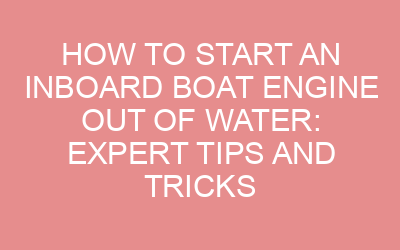
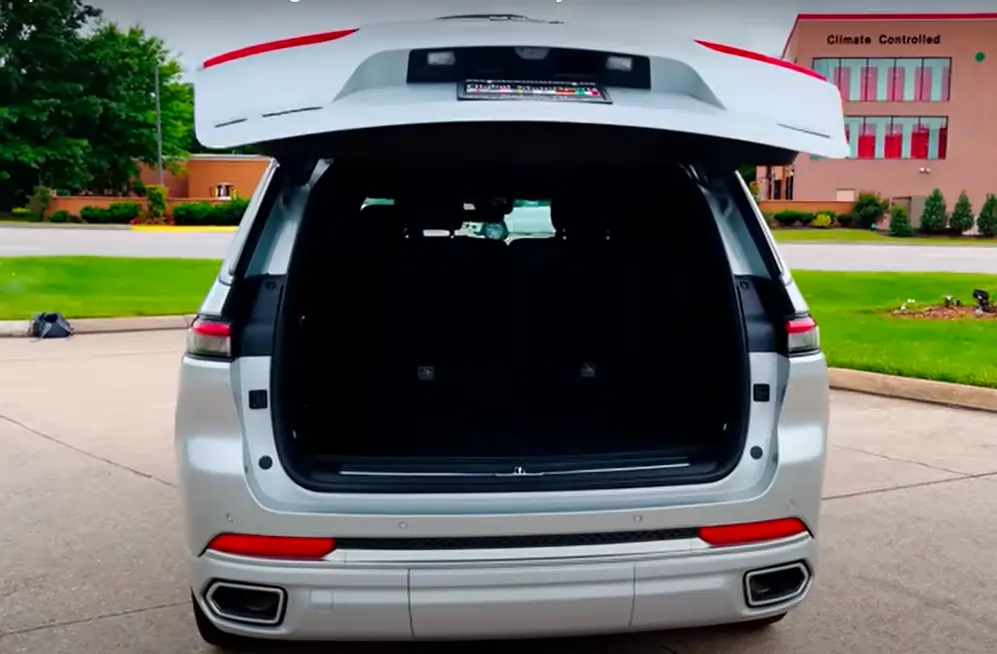


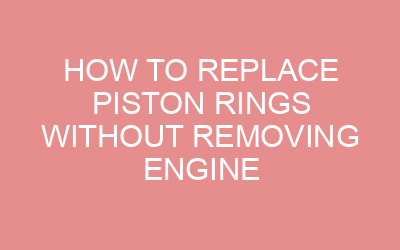
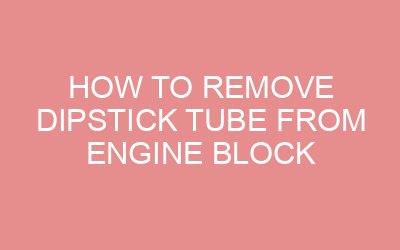

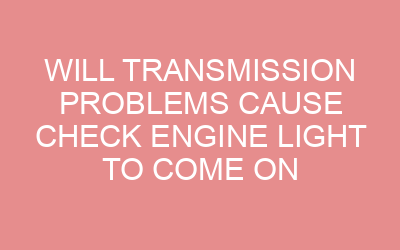
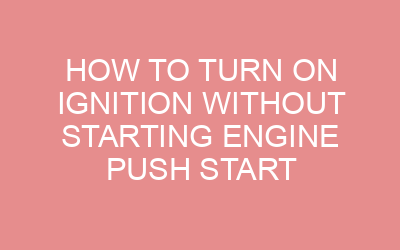




Leave a Reply